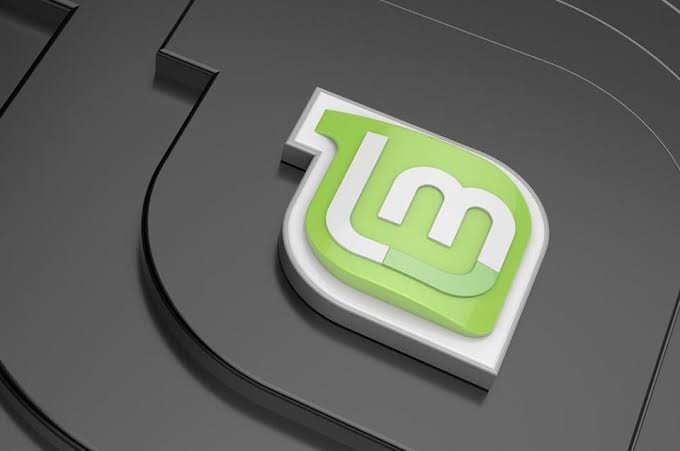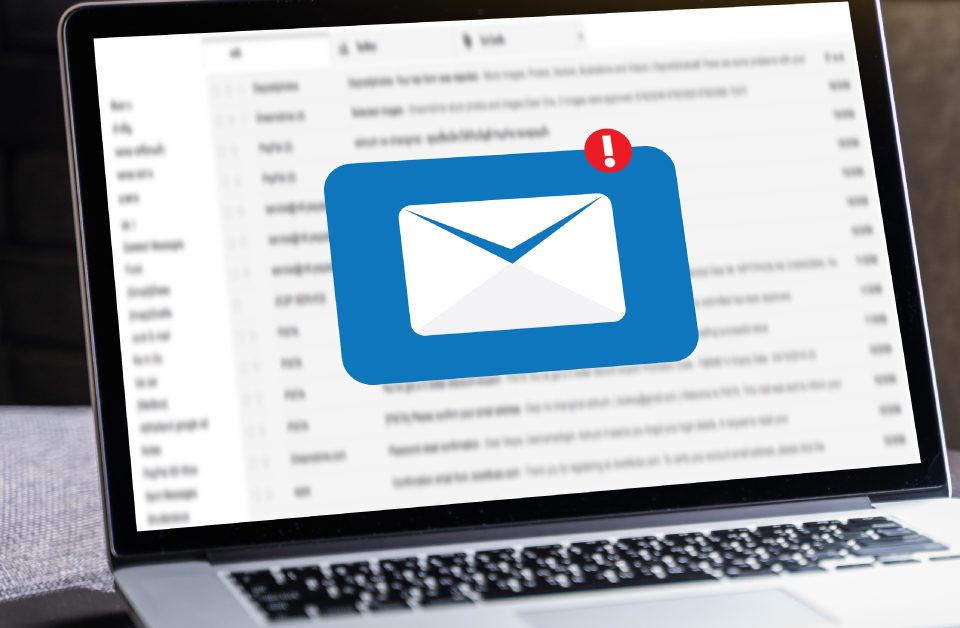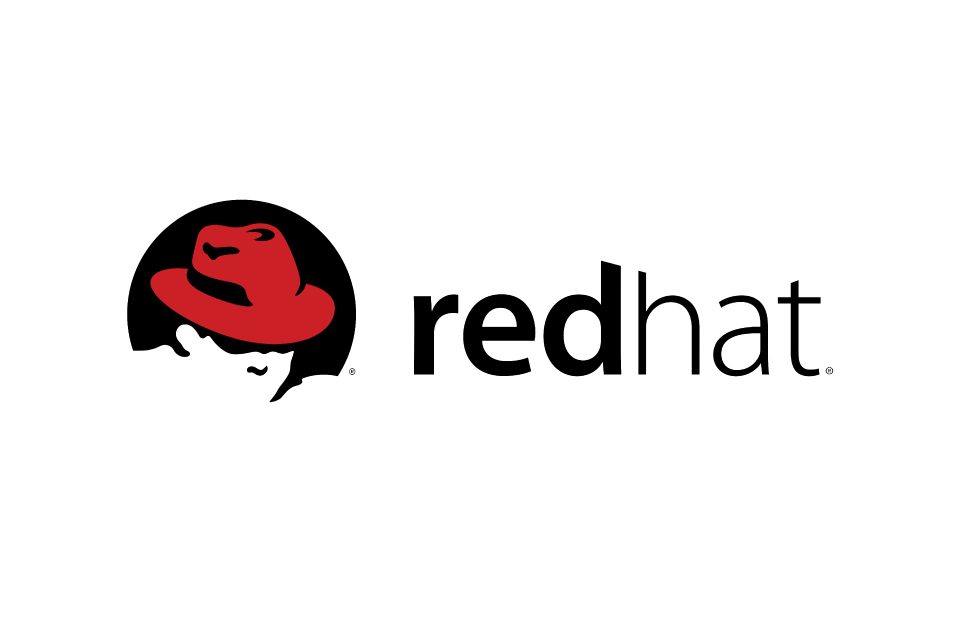Top Advantages of Linux Mint | 10 Reasons Why to Try It
Linux Mint is simply one of the most favorable and clever distributions of Linux. What are your reasons to try Linux mint? Let’s go through the basics and the advantages of Linux mint briefly.
Linux Mint is a community-managed Linux distribution based on Ubuntu that aims to be a smart, simple and convenient operating system that is both robust and straightforward to use. Linux Mint gives a creative multimedia guide by incorporating some exclusive software, for instance, multimedia codecs, and comes bundled with a mixture of free and open source applications.

Top Advantages of Linux Mint
Linux mint interface feels like a familiar place
Linux Mint’s Cinnamon interface doesn’t make the user feel strange. Most people must have used Windows or a Chromebook. Even for them the Linux mint seems comfortable. You launch apps by clicking a button in the bottom-left.
While switching to Linux, The file system is different. Apps aren’t bundled in a similar format, nor will software made for Windows run on Linux without diving through a few bands. There are lots of new things you will have to discover when shifting to Linux, but with Mint, the interface is not like that. One can immediately get used to the interface.
Pre-Installed Apps
When you install a Linux distribution (or distro), you might be overwhelmed by the amount of software that is available. There is no need to pay or download it separately. This is great for new people who don’t know much about what software is available for Linux or what these programs are named.
Similar to many distros, Linux Mint arrives with Firefox as a web browser and LibreOffice is the office suite. Pidgin is available as the instant messenger, and you have GIMP for editing photos. These are tools lots of people download on Windows. On Mint all of them are incorporated as part of the package.
Easily customizable
Fedora, Ubuntu and other Linux distros that default to the GNOME interface hide the capability for you to customize your setting. It is different in Mint. A right-click can enable you to tweak many features of your desktop.
You may be amazed by the number of themes that are ready for your panel, window borders, applications, and icons. There is plenty to tweak Mint to your desire without having to download anything additional.
Linux Mint Is Easy Enough for Beginners
Many distros strive at various audiences. Some pride themselves on being hardcore. Mint, on the other hand, is intended at your everyday computer use.
Mint makes it easy to do things. The interface is nothing unexpected. There are no unnecessary animations, nor do windows move around as you enter a dashboard. Apps are convenient to find, themes are comfortable to change, and ideas are easy to grasp.
Mint also holds your hand through some of the more complex tasks. You can download the codecs you require for audio and video files by clicking the “Install Multimedia Codecs” option in the Sound and Video section of the app launcher. You can install hardware drivers via a tool termed Driver Manager.
There is a lot that comes with Mint, and there is a lot you can do. But thanks to the way things are named and done as it’s difficult to get lost if you’re comfortable with computers in common.
The Best Software Manager
On Linux, downloading of the software are not done from the websites mostly. Alternatively, there’s a single program you can begin to get apps and games just like an app store.
Here, this program is termed as the Software Manager. Software Manager supports the plainness of a modern app store with the power of a traditional Linux package manager. You can view apps by category, see how many packages are prepared in each section, and modify the roots you download software from.
You can also rate apps and leave reports, which is especially helpful for people new to the Linux desktop who don’t already recognize what programs they want.
Conventional and Advanced X-Apps
Times have changed. More people are computing from mobile devices. Many versions of Linux are striving to reinvent the wheel, producing interfaces that operate on touch screens or decrease the number of options displayed at one time.
Linux Mint’s developers see little demand for that kind of alteration. Rather, they have made it a point to protect programs that use a standard interface. X-Apps are the Mint team’s contribution to people who prefer apps that fit on any conventional free desktop.
Linux Mint includes everything from Linux
Ubuntu is currently the most popular version of desktop Linux. This suggests many developers plan software with Ubuntu in thought. It is not unusual for a developer to implement a DEB file for Ubuntu users and to lead everyone else to guidance on how to develop their program for source.
Linux Mint is based on Ubuntu. That means the strong majority of the code is indistinguishable across the two versions of Linux. Software that operates on Ubuntu will also work on Mint. So if you like having way to most Linux software but prefer a more conventional interface, go with Mint and have its advantages.
Linux Mint’s Interface Is Compatible
In the Linux environment, there are many various desktop settings for developers to target, and there are many toolkits for them to use. The result is that apps come in many shapes and sizes through software design and are possibly even less compatible with Windows.
On Ubuntu, for instance, some applications have a header bar that contains buttons for settings as well as window controls. Others have a title bar and a conventional menu bar.
By adhering to a traditional interface, apps on Mint mainly function in similar ways. Using LibreOffice isn’t jarringly distinct from editing text files or listening to music. Each has menubars, title bars and buttons in similar places.
A Powerful Hardware is not needed for Mint
Countless people go behind Windows due to a new version needs more extract than their falling PC can produce. Linux is less in demand, though some versions still want more memory and processing power. With Mint, an old PC will work absolutely excellent.
This isn’t because Linux Mint’s going old or outdated software. On the opposite, your computer will still get the latest version of web browsers, multimedia programs, open-source games, and office tools. You’re blowing new knowledge into a machine that producers and retailers tell you to be restored.
Linux Mint Distros is the Best
Repute is not everything, but when you’re troubleshooting obstacles, it sure aids to have lots of other people using the same desktop as you. There is also a good probability that someone else has already found the bug you’ve seen and understood how to fix it. Another person might have provided a workaround and has issued a patch. According to this kind of ubuntu status, you also profit from all that code as well.
On August 4, 2019, the latest Linux Mint 19.2, “Tina” was released. Linux Mint 19.2 is a long term support release which will be maintained until 2023.
NDZ presents a list of various services. The best Mobile Application Development, ISO Consultation, web designing, Open Source Migration, SEO, and many more such services in Kochi are served with utmost care. You can contact us anytime and our team will assist you without hesitation.



